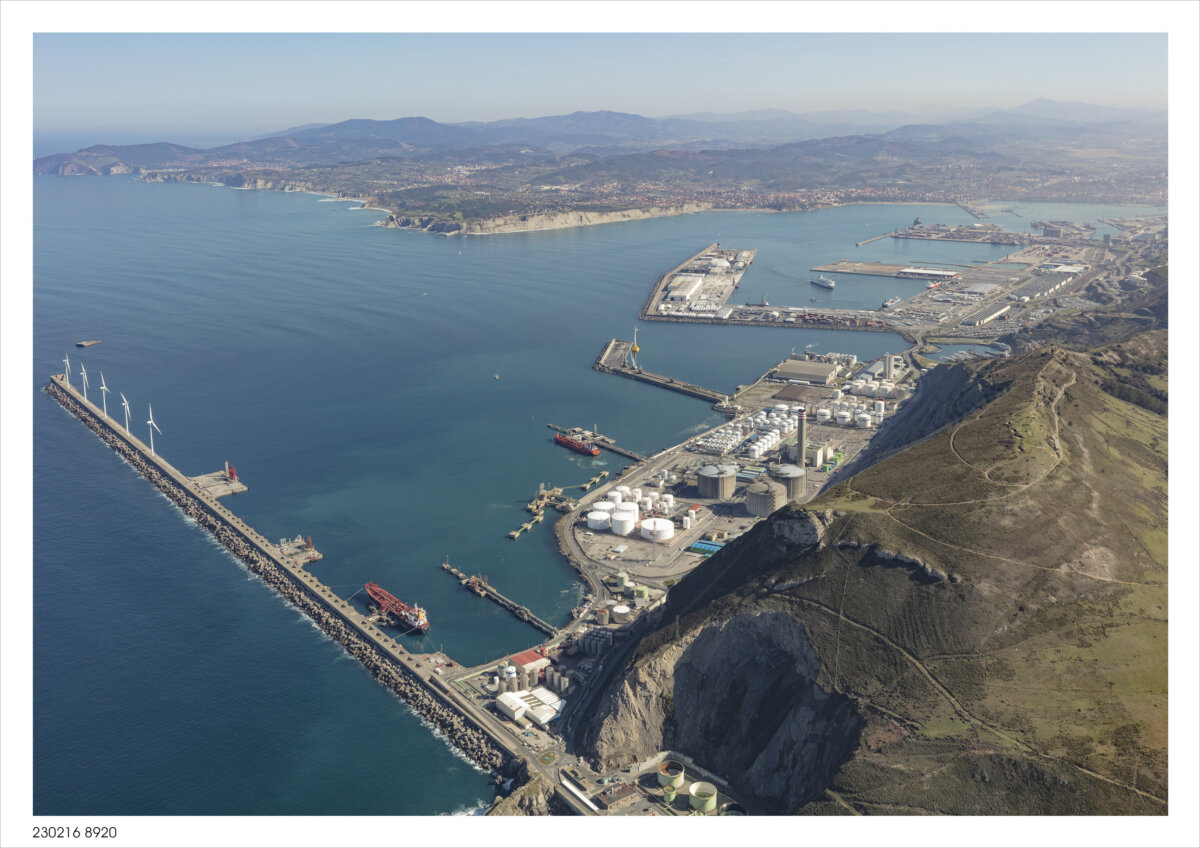Total investment made by the Port Authority during 2023 amounted to EUR 18.7 million. Foremost among this investment have been the works to expand Dock AZ1 (EUR 4.3 million), the filling at the central breakwater (EUR 3.15 million), the reinforcement of the bridge structure on the N644 at the Iberdrola intake site (EUR 2.2 million), port-town relations (EUR 1.9 million) and the vacuum sewerage system in the Outer Abra (EUR 1.78 million, of the EUR 20 million investment scheduled up to 2025).
The investment forecast for 2024 is EUR 77.8 million, a high figure due, amongst other things, to the start of the second phase of the works on the central breakwater which will provide 30 new hectares of space in a port with a high degree of occupation and great demand for land. The full development and use of the Outer Abra will thus enter its final phase. The works are expected to be put out to tender at Easter, once the project has been approved by the Council of Ministers, for an amount of EUR 54.4 million and a completion period of 26 months. The contract could be awarded in the summer and works could potentially begin in the last quarter of the year.
At the same time, within the framework of the Port of Bilbao Energy Transition Plan and with a view to delivering defined emission reduction targets, works on the electrification of the docks are being done so that ships can be connected to the onshore power grid and switch off their auxiliary engines, thereby reducing CO2 emissions and noise and vibration levels. The first phase of the BilbOPS project, focusing on the A-5 Dock of the central breakwater, was awarded in December for EUR 4.7 million, and

is supported by a EUR 4.3 million grant from the Recovery and Resilience Facility.
The BilbOPS initiative, which is expected to be operational in 2026, requires an investment of EUR 78 million, of which EUR 14.2 million will be subsidised by the European Commission under the CEF Transport 2021-2027 grant programme. The project also entails that 20% of the power generated be from renewable sources, with the intention of increasing this figure to 50% by 2028.

 Port access
Port access